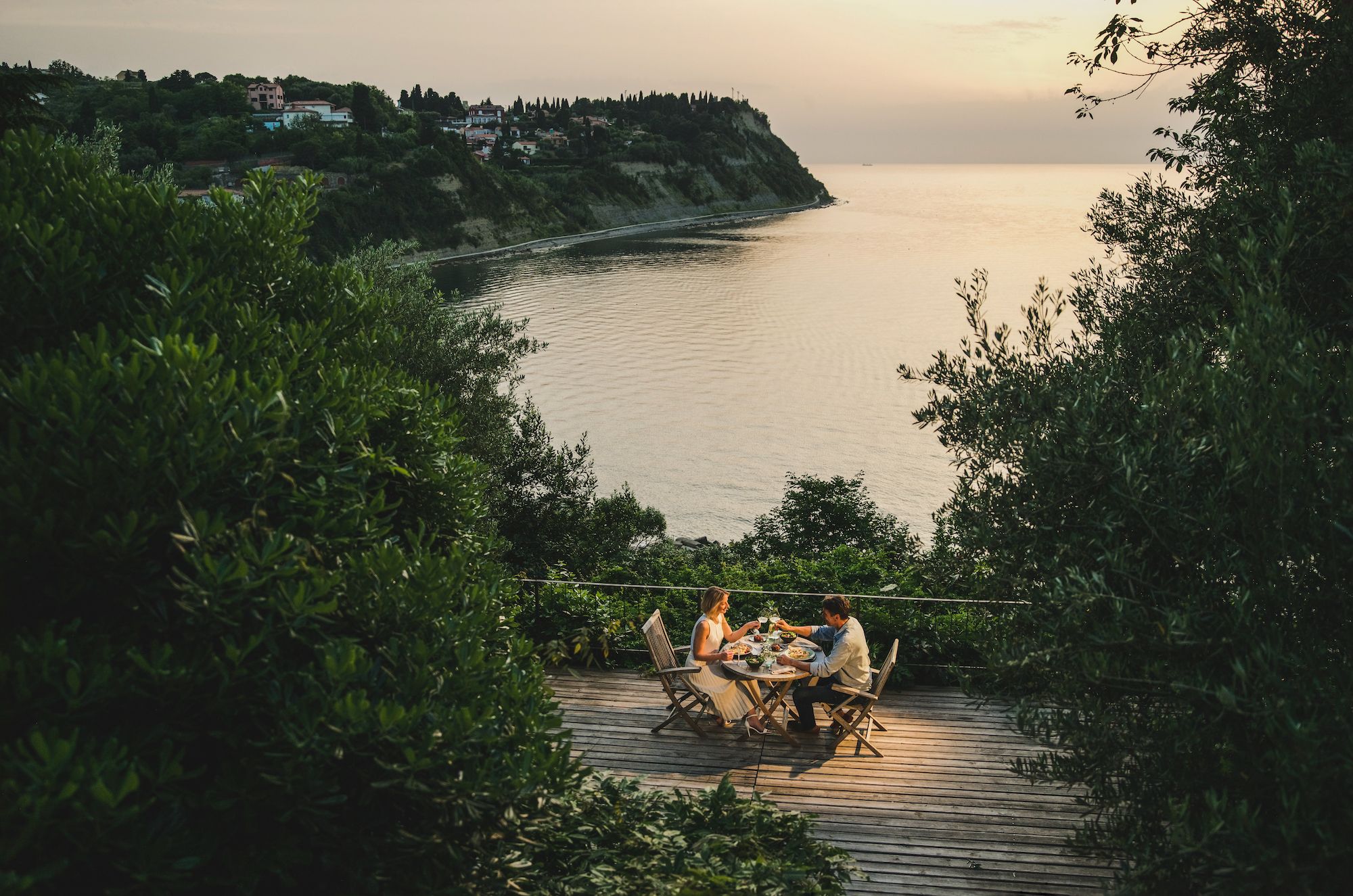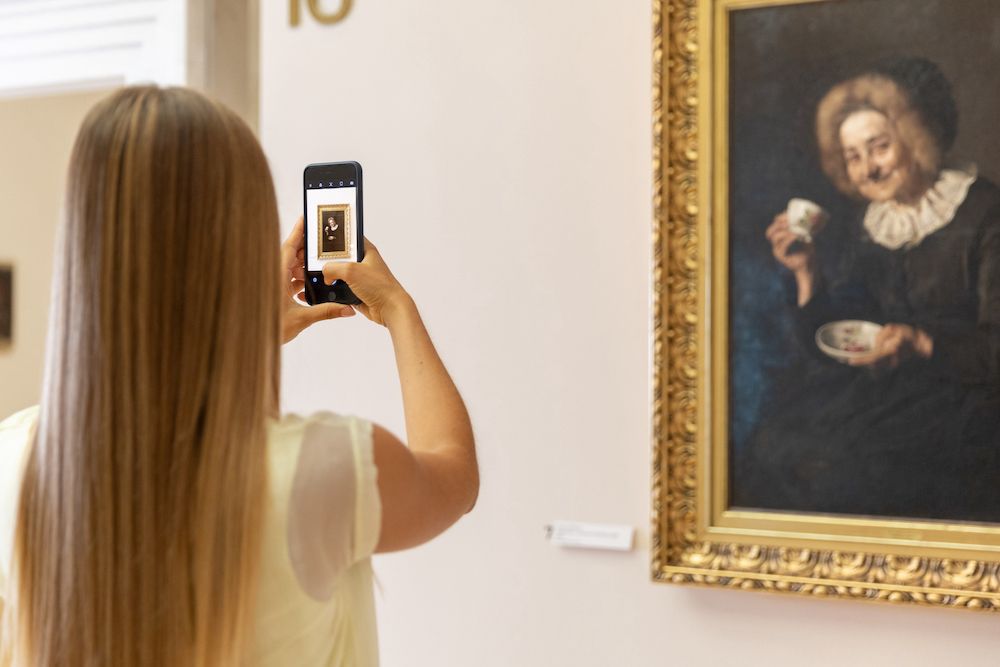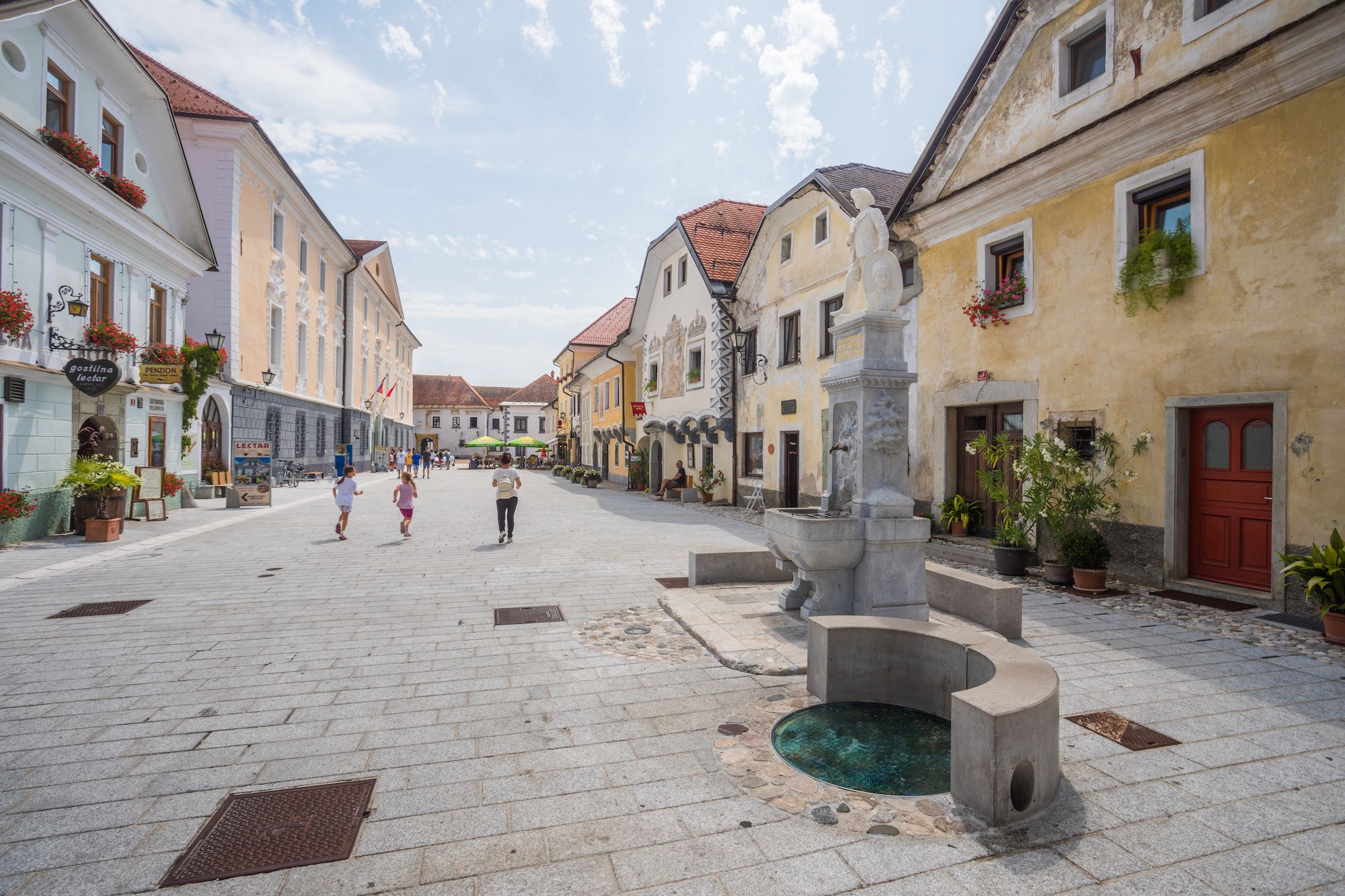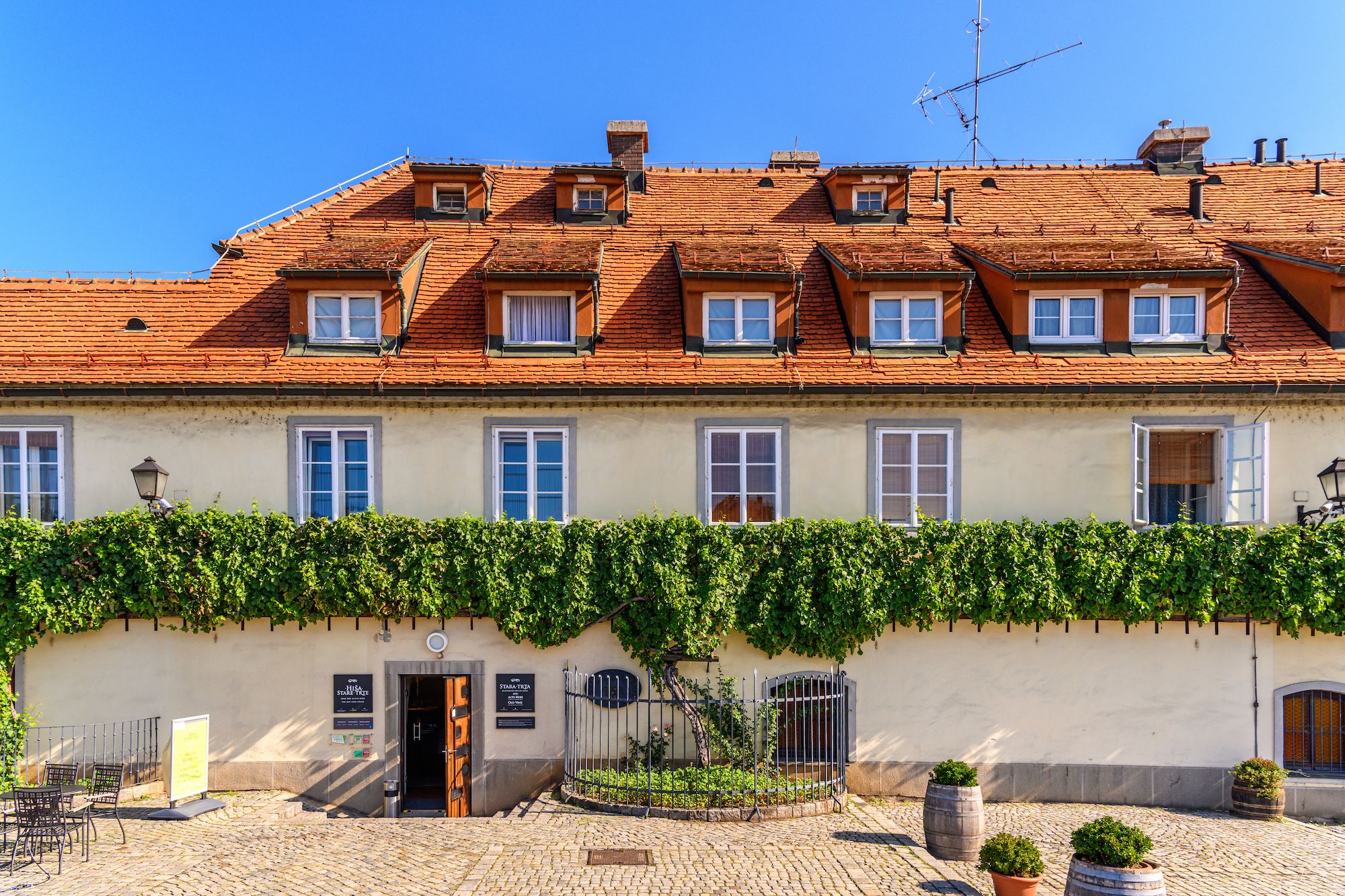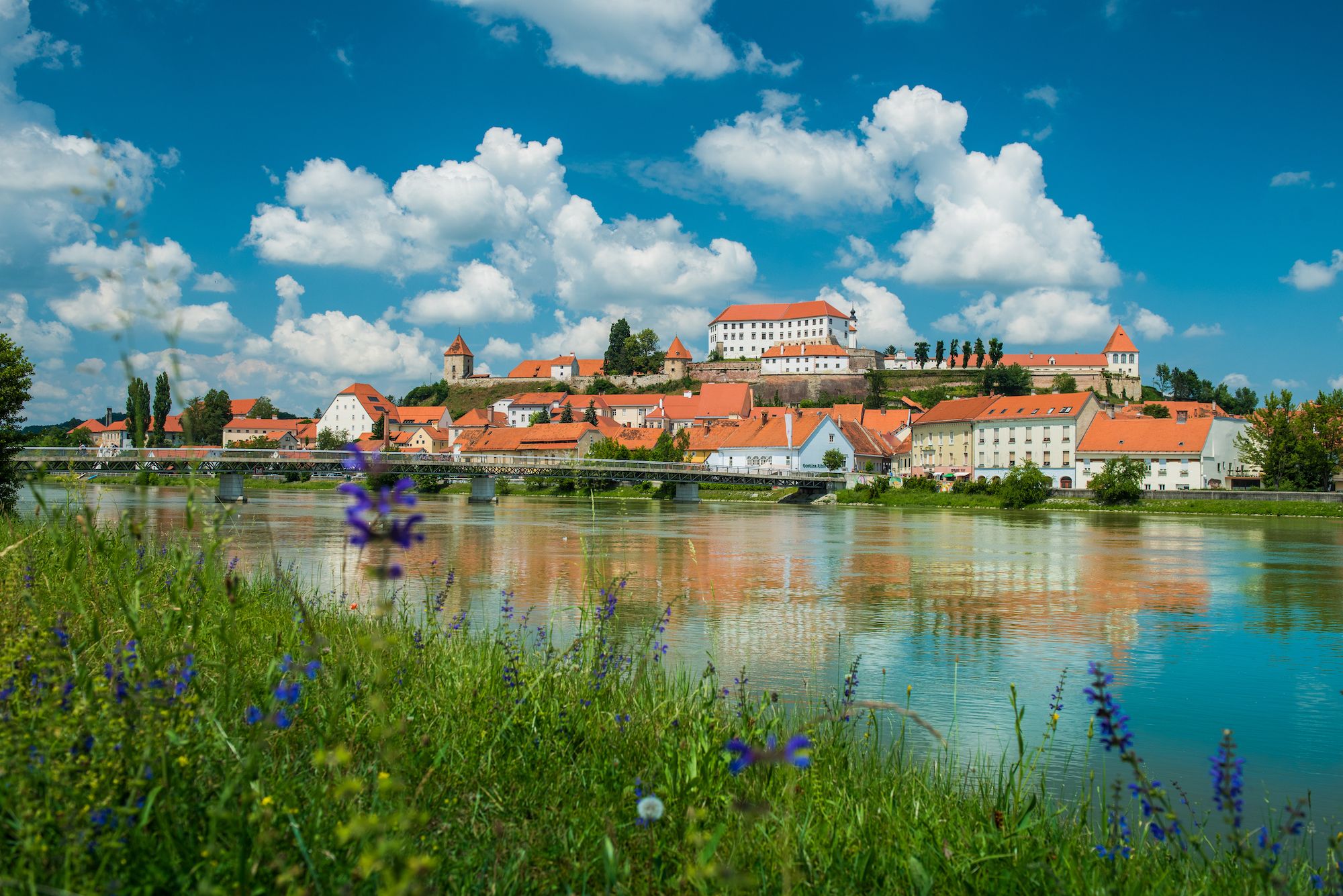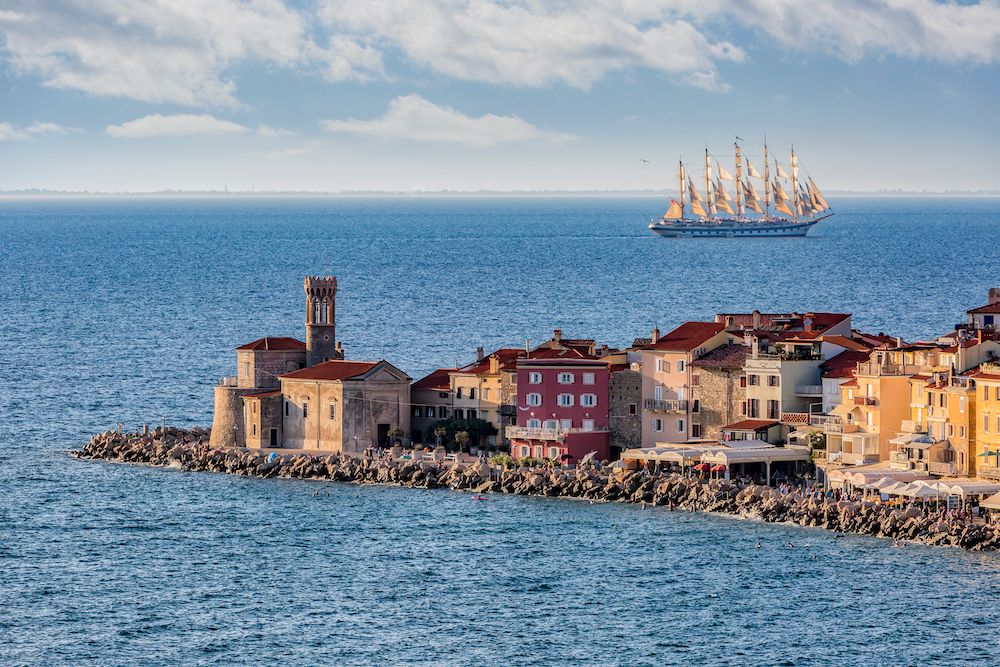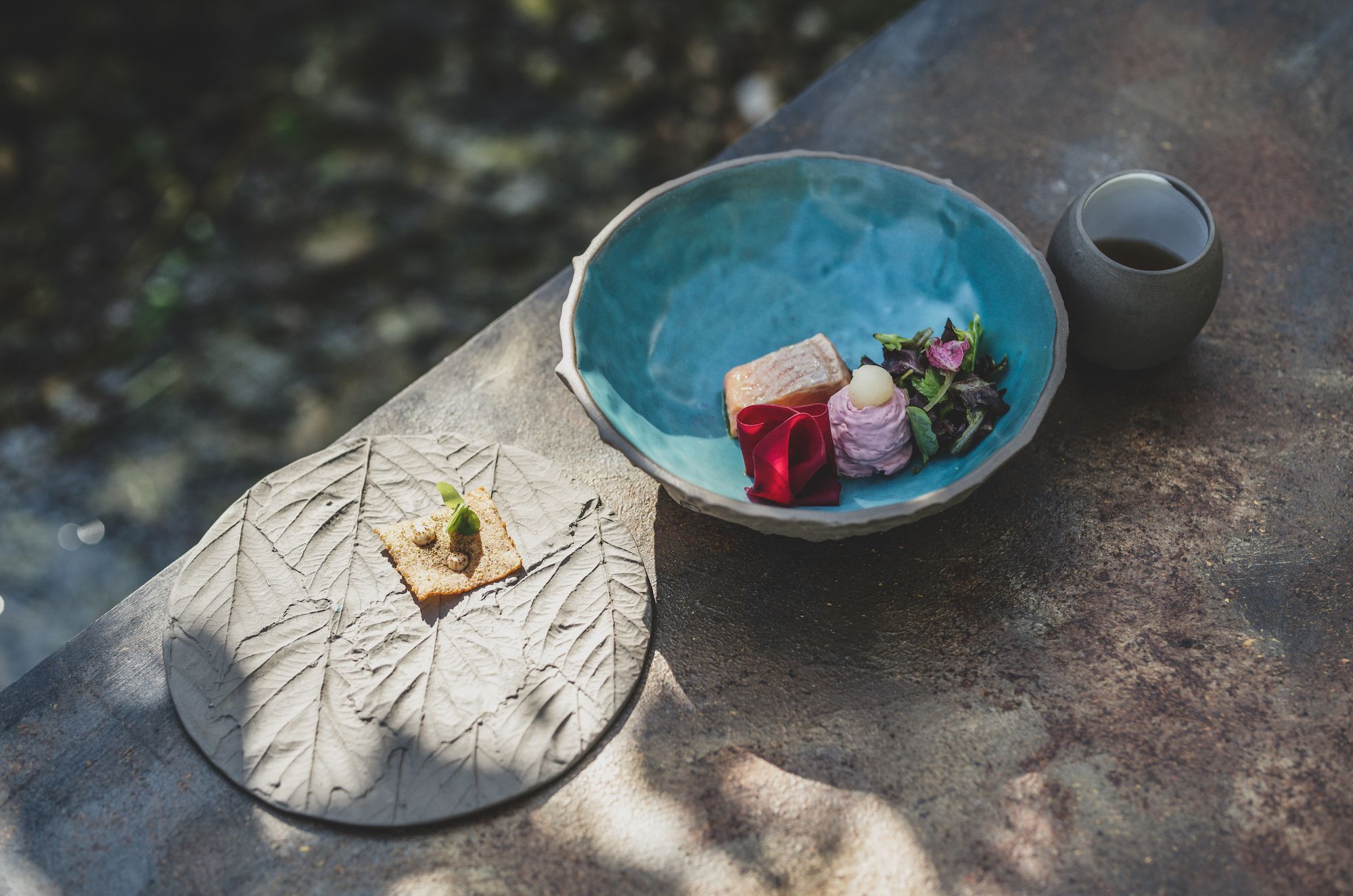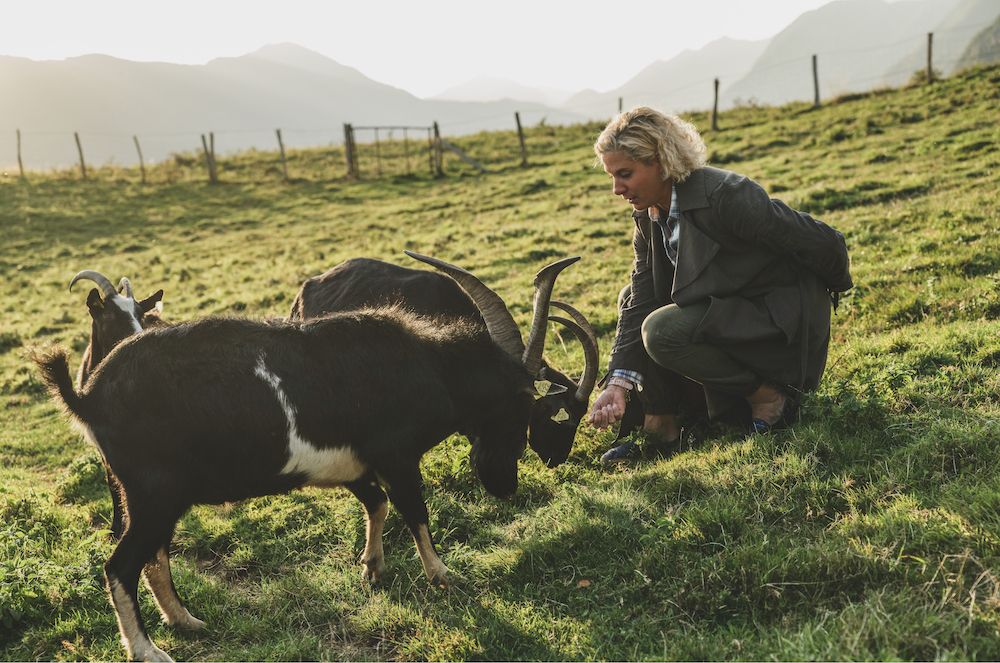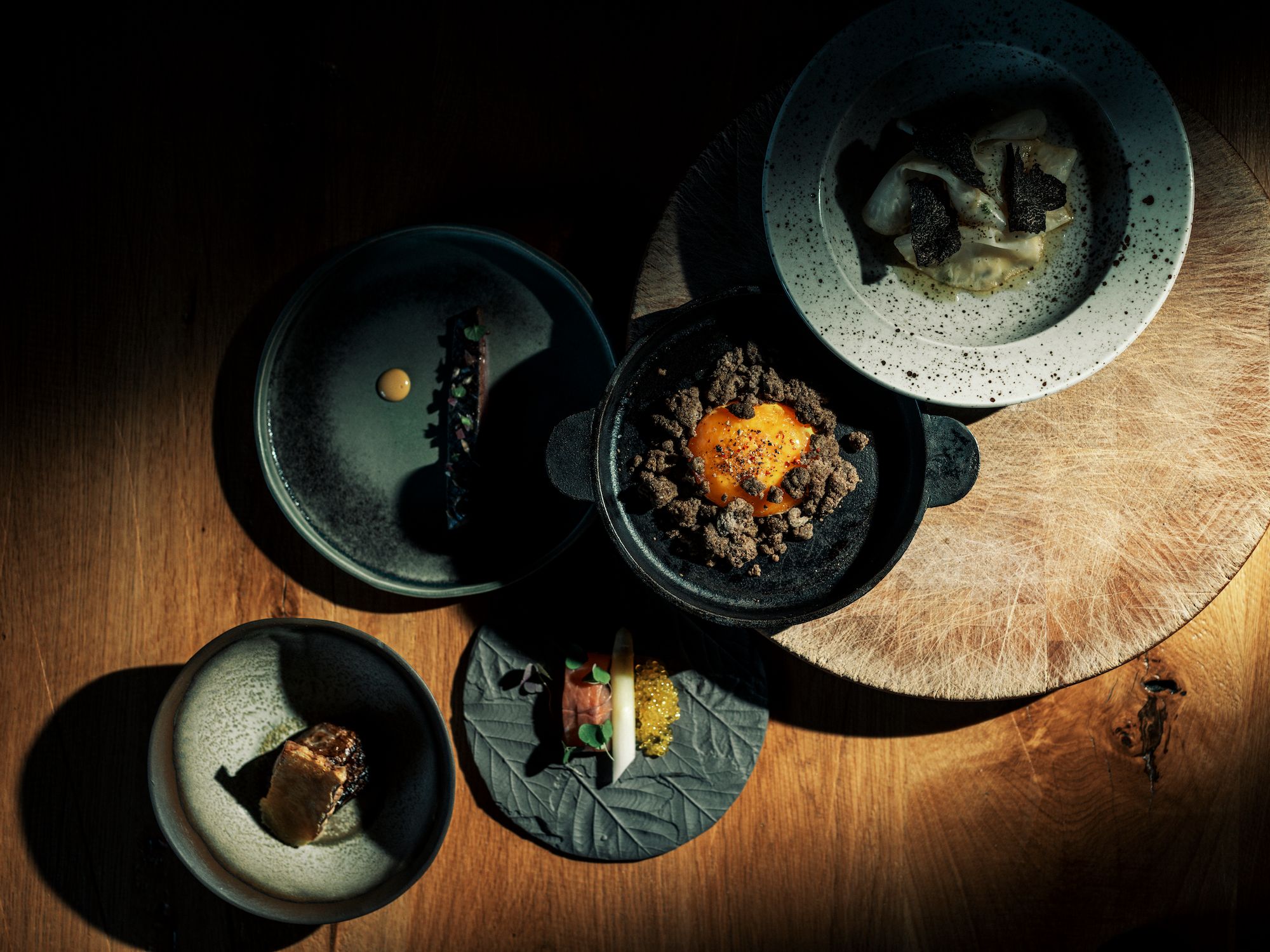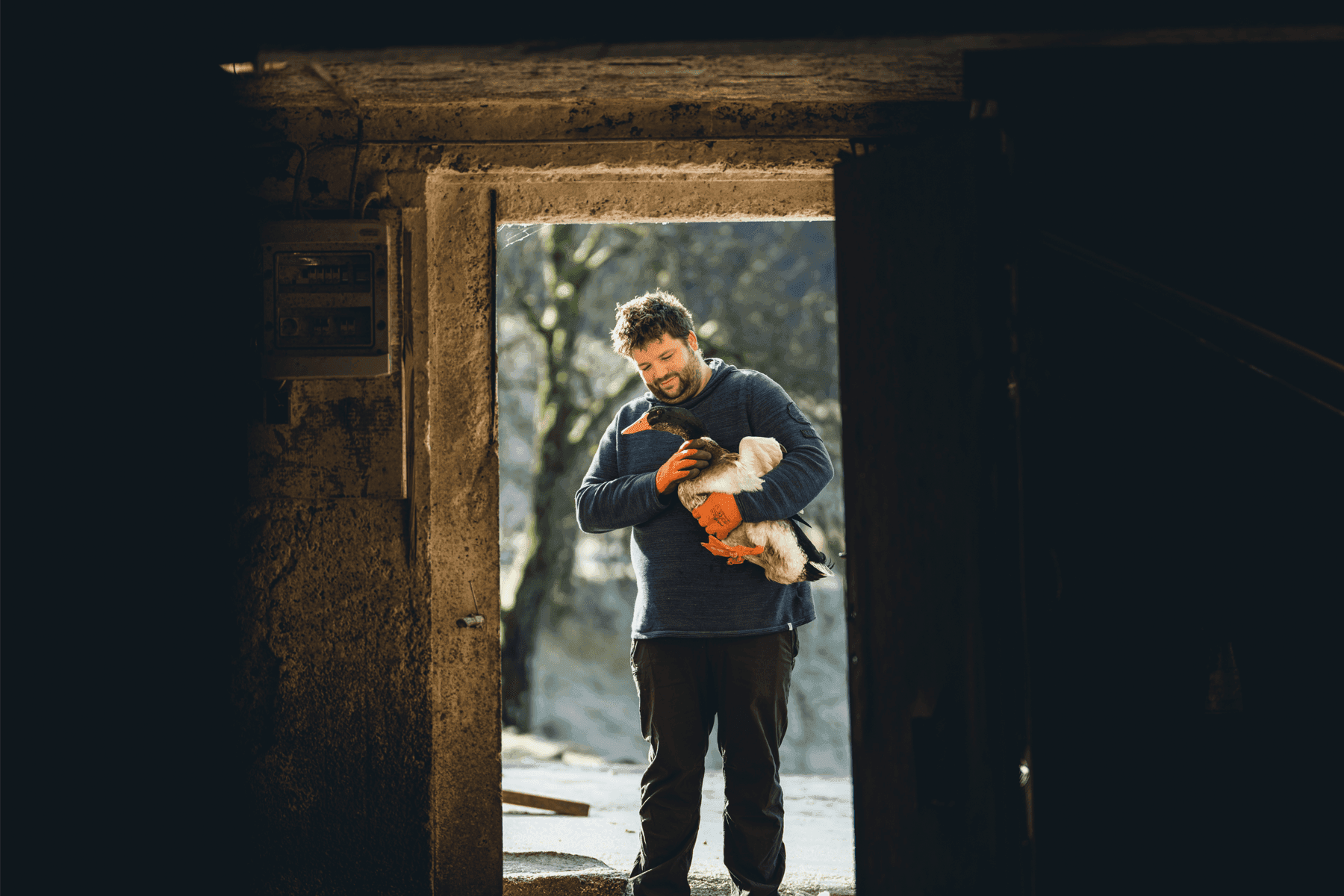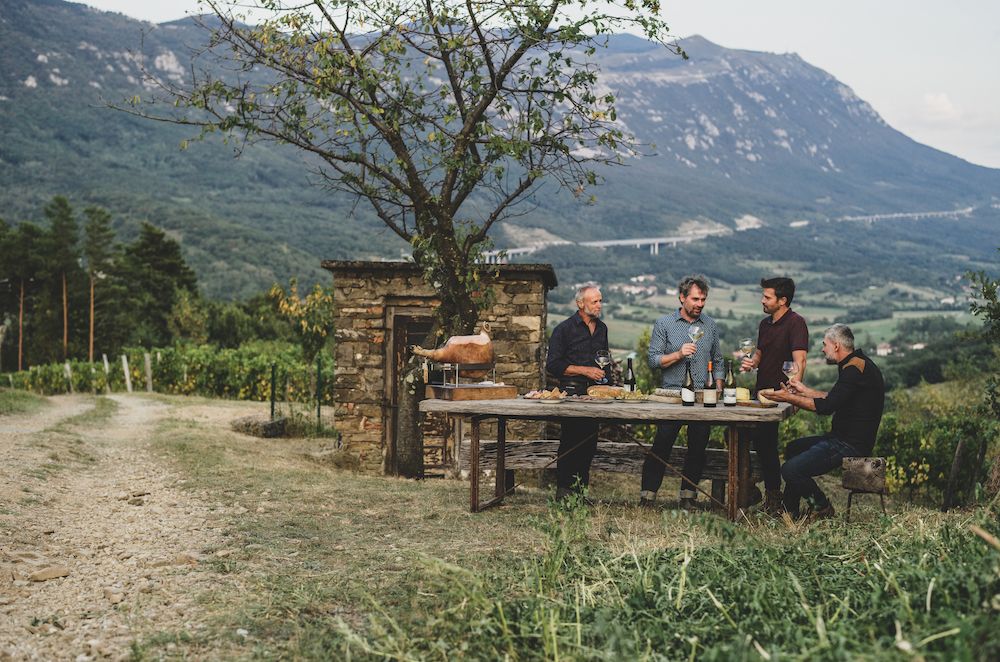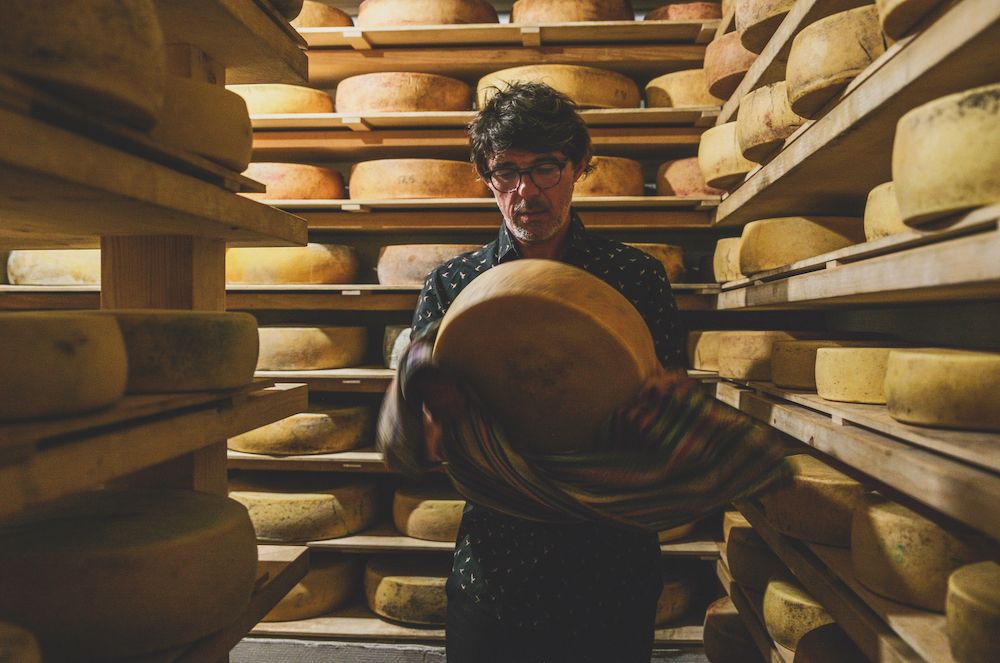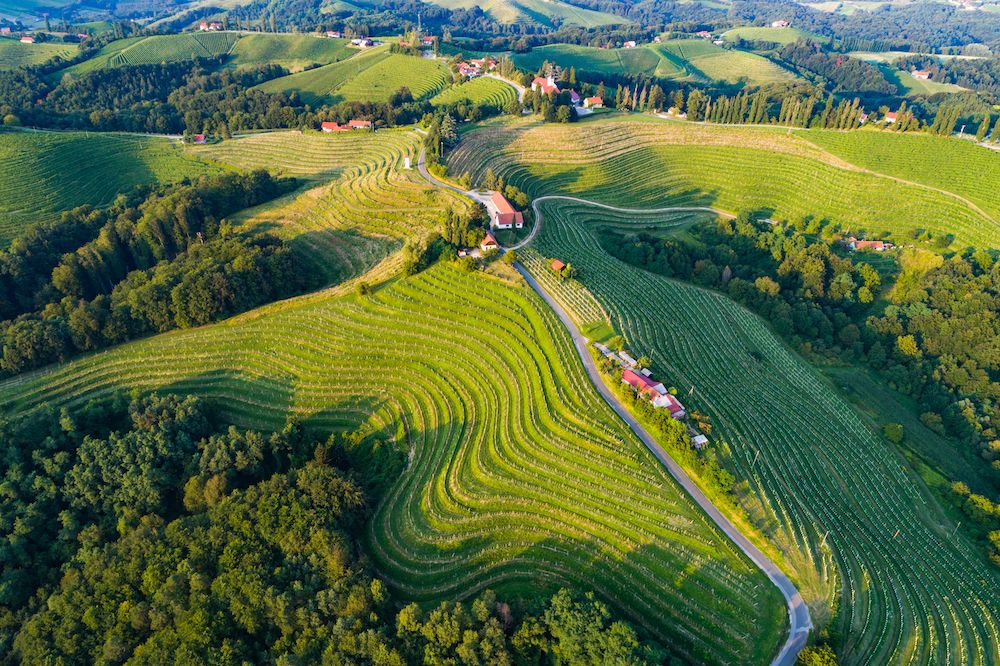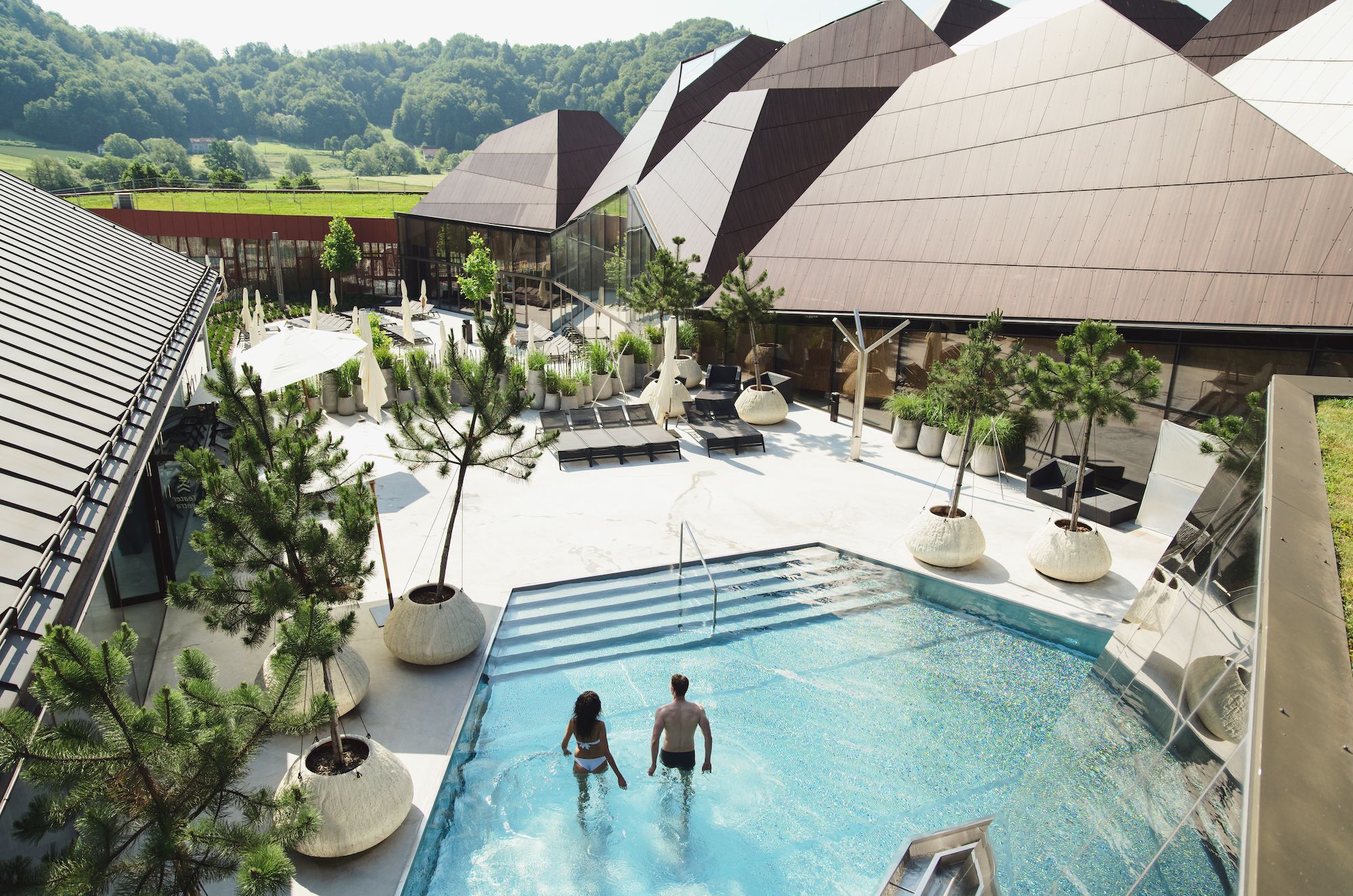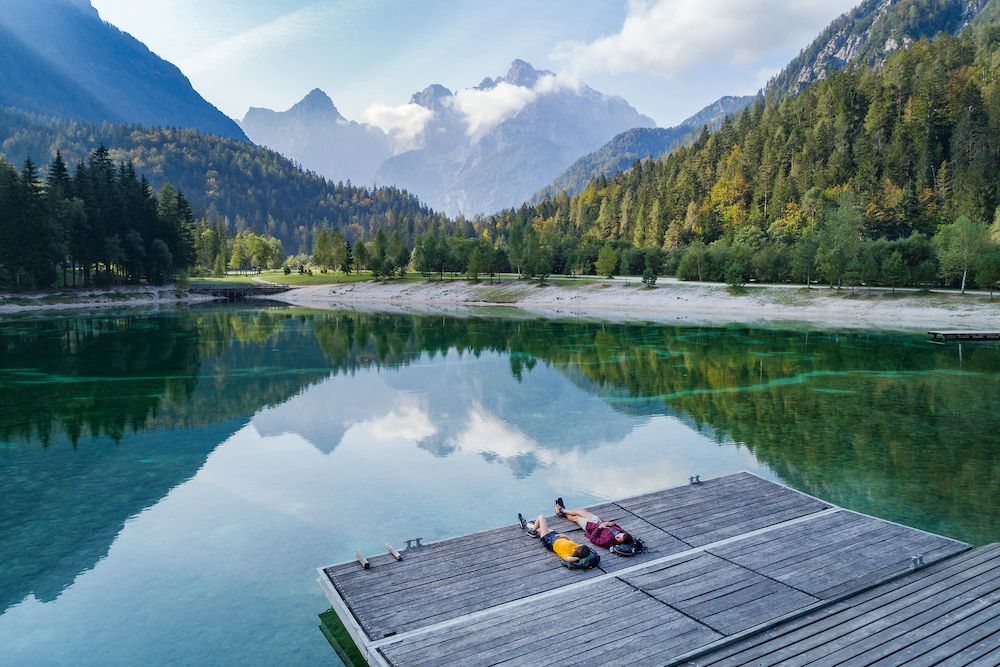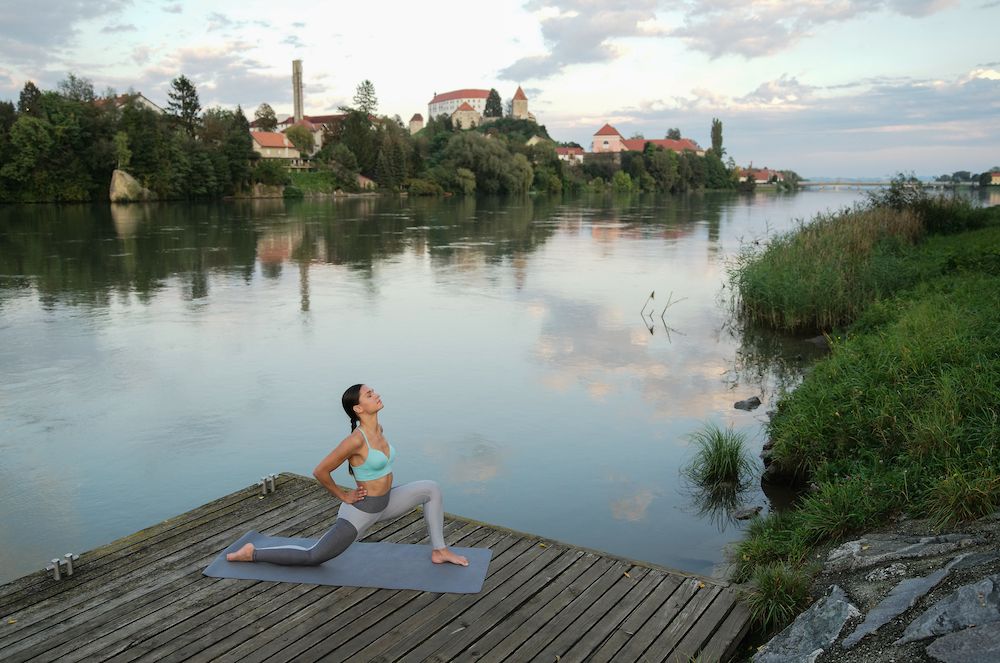Travel is all about unwinding. Unwinding can take many forms, but almost always involves slowing down the pace of life. In Slovenia, there’s plenty to do for slow travellers who wish to sit back, eat, wander and breathe in the fresh air. Here, we explore what slow travel looks like across Slovenia. Slowly does it.
She stands against a dark background, her inclined head wrapped in a fur-lined, warm bonnet. In her left hand is a flowered saucer; her right hand lifts a coffee cup towards her mouth. And on her kindly face, beneath twinkling, vivacious eyes, a smile.
“Kofetarica”, or “Woman Drinking Coffee”, by Ivana Kobilca, is among the most famous paintings in Slovenia’s National Gallery, in central Ljubljana. If she embodies anything about the national character, it’s that Slovenia, long renowned as an area for adventure, also has a laid-back side.

